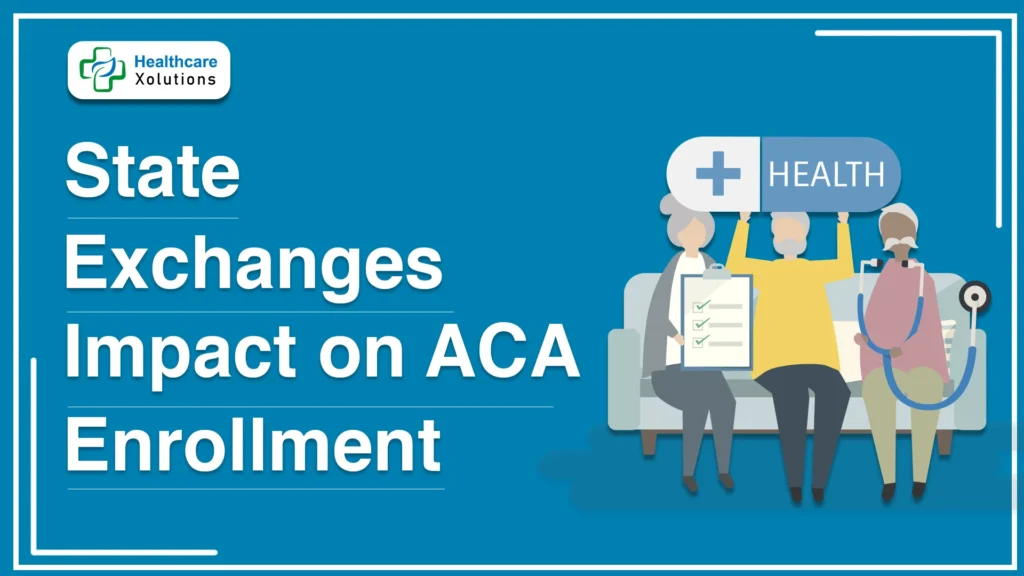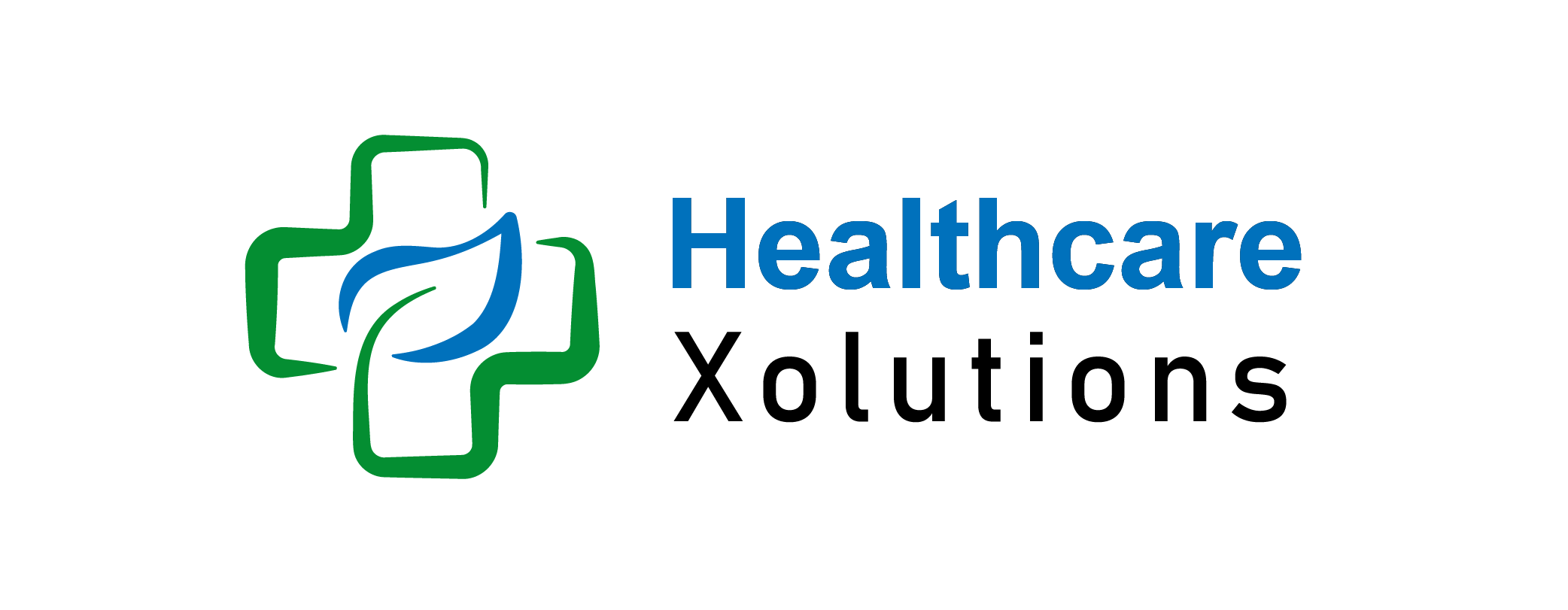The Impact of State Exchanges on ACA Enrollment

The Affordable Care Act (ACA) transformed the landscape of healthcare in the United States by creating health insurance marketplaces, or exchanges, where individuals can shop for coverage. While the federal government operates a national exchange through Healthcare.gov, several states have chosen to run their health insurance exchanges. These state-run exchanges have played a significant role in influencing ACA enrollment in various ways, offering flexibility and benefits tailored to the needs of each state’s population.
In this article, we will explore the state exchanges impact on ACA enrollment, examining the benefits, challenges, and differences between state-run and federally-facilitated exchanges.
Key Takeaways:
- State-run exchanges allow for customized enrollment, premium subsidies, and plan offerings tailored to the state’s specific needs.
- States operating their exchanges often experience higher enrollment rates due to better outreach efforts and localized support.
- Running a state exchange can be costly, and some states have transitioned back to using the federal platform to reduce financial strain.
- States with their exchanges have more control over plan offerings, insurer participation, and consumer protections, which can lead to more competitive pricing and better coverage options.
- The flexibility to extend open enrollment periods and offer special enrollment periods in state-run exchanges has led to increased coverage for residents.
- State exchanges face challenges like market instability and limited plan options, especially in rural areas, which can affect affordability and consumer choice.
Table of Contents
What are State Exchanges?
State exchanges are health insurance marketplaces established and managed by individual states under the ACA. These exchanges are designed to provide residents with access to affordable Care Act insurance plans, allowing them to compare prices and coverage options. States have the option to either:
- Run their exchange: Fully operate their marketplace, including determining eligibility and managing plan offerings.
- Partner with the federal government: Collaborate with the federal government to manage some or all aspects of the exchange.
- Use the federal exchange: Opt to have their residents use the federal exchange, Healthcare.gov, which serves as the default for states that don’t establish their marketplaces.
States that have chosen to operate their exchanges have the flexibility to implement unique policies, offer additional benefits, and create a more personalized experience for their residents. As of 2024, 18 states and Washington, D.C., operate their own ACA exchanges.
State Exchanges Impact On ACA Enrollment – Benefits:
1. Tailored Solutions for State-Specific Needs:
State exchanges offer the ability to customize the enrollment process, premium subsidies, and plan offerings based on the needs of the state’s population. For example, states with higher living costs may offer more generous subsidies or additional plan tiers to ensure affordable coverage. This tailoring ensures that the state’s residents receive the most appropriate care for their particular circumstances.
2. Improved Outreach and Support:
State exchanges typically invest more in localized outreach efforts. This can include targeted marketing campaigns, partnerships with community organizations, and in-person assistance for hard-to-reach populations. Because state governments understand their communities better, they can design more effective enrollment strategies. This has resulted in higher enrollment rates in some states with their exchanges compared to those that rely on the federal marketplace.
3. More Control Over Insurance Providers and Plans:
States that run their exchanges can negotiate directly with insurers, set stricter standards for plan offerings, and require additional consumer protections. This can lead to better plan options and a more competitive marketplace, which can drive down premiums and improve quality. States like California, which operate their exchanges, have seen lower average premium increases over time compared to states using Healthcare.gov.
4. Flexibility in Open Enrollment Periods:
States with their exchanges have the authority to extend the open enrollment period beyond the federal deadline. This flexibility allows them to accommodate residents who may need more time to enroll due to financial or personal challenges. In states with extended enrollment periods, residents have more opportunities to review and select a plan that meets their needs, leading to higher overall enrollment numbers.
5. Enhanced Data and Reporting:
State-run exchanges often have access to more detailed data on their population’s health needs and enrollment trends. This allows states to make data-driven decisions about how to improve their exchanges, such as expanding coverage for specific populations, adjusting subsidies, or implementing new outreach strategies. This has proven effective in ensuring higher participation and minimizing coverage gaps in some states.
State Exchanges Impact On ACA Enrollment – Challenges:
1. Cost of Implementation and Maintenance:
Running a state exchange requires significant financial investment in technology, infrastructure, and personnel. This cost burden can be particularly challenging for states with smaller populations or limited budgets. Some states have struggled to maintain their exchanges, leading them to transition back to the federal platform.
2. Variability In Plan Offerings:
While state exchanges provide more flexibility, they can also result in a smaller pool of insurers and plan offerings, particularly in rural or less-populated states. This can limit consumer choice and lead to higher premiums, as insurers may face less competition. Conversely, some states with larger populations have been able to use their exchanges to negotiate better deals with insurers.
3. Complexity for Consumers:
State-run exchanges may have different rules, deadlines, and eligibility requirements than the federal exchange. This can create confusion for consumers, particularly in states that share borders with others using different systems. Additionally, the need for continuous updates to technology and systems can lead to technical issues, frustrating consumers during enrollment periods.
4. Insurance Market Stability:
In some cases, state-run exchanges have faced challenges in stabilizing their insurance markets, particularly when unexpected increases in premiums or reduced participation from insurers occur. This instability can reduce consumer confidence in the marketplace and result in lower enrollment numbers.
State vs. Federal Exchanges: Key Differences
While both state and federal exchanges aim to provide access to affordable health coverage, there are several differences between the two models:
- Control Over Enrollment Periods: State exchanges can extend the open enrollment period or offer special enrollment periods based on state-specific needs, while the federal exchange follows strict deadlines.
- Plan Customization: States operating their exchanges can mandate additional benefits or modify subsidy structures to better suit their populations, whereas federal exchange users are limited to federal rules.
- Outreach Efforts: State exchanges often invest more in local marketing, community partnerships, and in-person assistance compared to the national marketing efforts of Healthcare.gov.
Conclusion – State Exchanges Impact On ACA Enrollment:
State-run ACA exchanges have had a profound impact on the enrollment process, offering states the flexibility to tailor health coverage to their residents’ needs, improving outreach efforts, and controlling plan offerings more effectively. States with their exchanges have generally experienced higher enrollment rates and better plan affordability, although the benefits of state exchanges are accompanied by challenges, such as higher costs and market variability. Ultimately, the choice between a state-run or federally facilitated exchange reflects a balance between customization and cost, with each state deciding based on its unique population and financial considerations.
State-run exchanges are likely to continue evolving as more data is gathered on their performance, and as states refine their approaches to healthcare coverage, we can expect improvements in enrollment rates, plan affordability, and consumer satisfaction.
